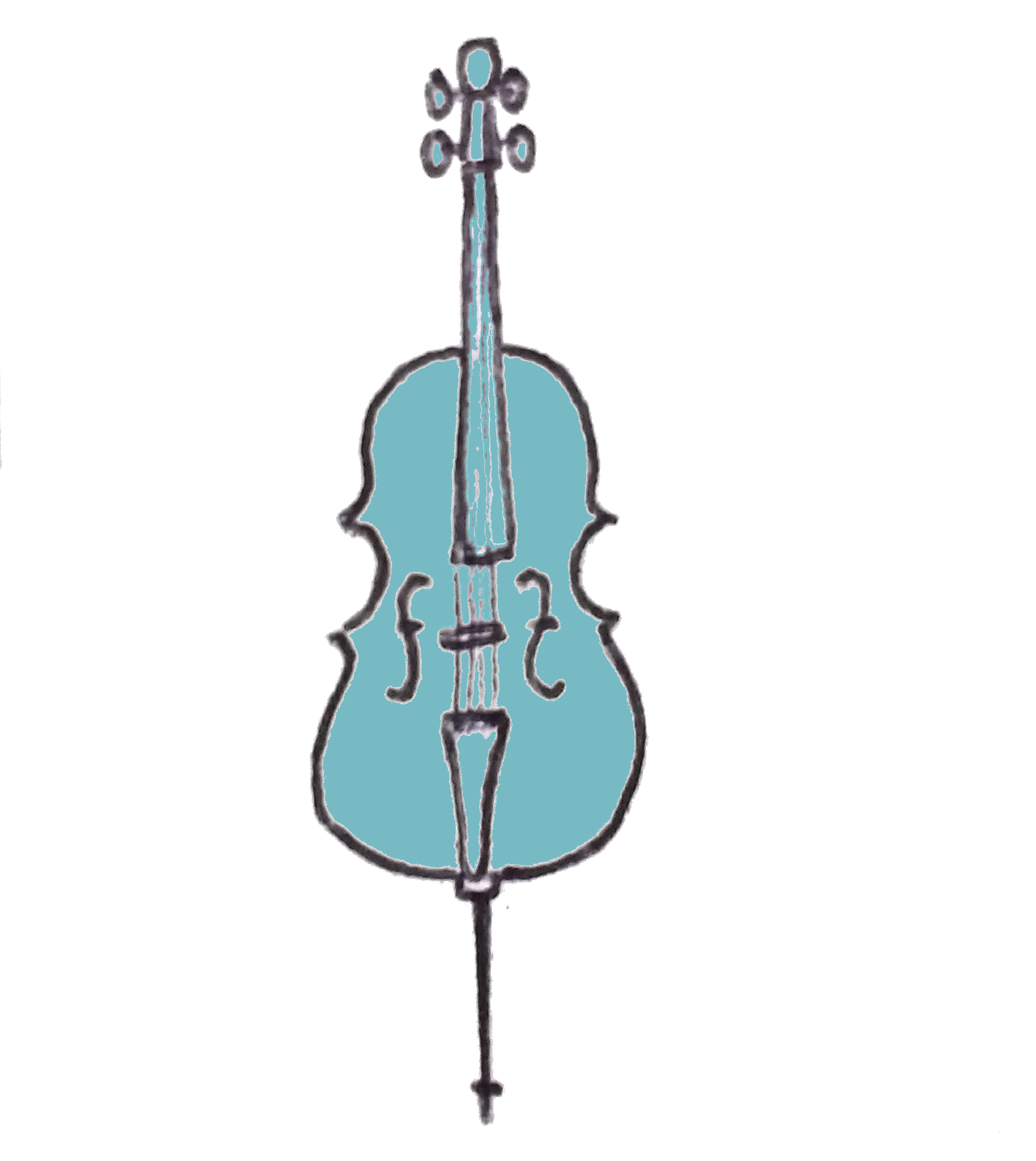How do we memorise music?
The different aspects involved in memorisation are:
- Aural
- Visual
- Form
- Muscle memory
In the early years
Children don’t ‘memorise’ pieces in the earlier stages; they just ‘know’ them.
Playing in groups helps develop and improve memory. You know if you really know something when you are able to follow the line of the piece in a group, perhaps making the odd mistake, but getting back in. To do this successfully, you must be able to listen to others and adjust; not just focus on your own playing. Group games, such as each person or half of the group playing one bar at a time of a piece, are extremely useful in building the ability to be able to start from any point in the piece. When a child is able to do that, it means their mental map of the piece is strong.
Singing is an important part of memorising – whether it involves learning words to pieces or not. It can also sometimes be helpful to sing bowing patterns, and memorisation will be helped if the child understands why the bowing must be how it is.
Advanced players
At a higher level, memorisation can be a little different. Some children will find it easy to continue memorising the pieces as they increase in length and technical difficulty. Others will struggle, and need to employ some more conscious techniques to deal with these pieces.
Listening remains a cornerstone of memory. If a child is not listening to the recording, they will find it much harder to memorise the piece. They may have become too reliant on music as the primary input method, which means they have not really internalised the piece.
In ‘The Musician’s Way’, Gerald Klickstein breaks memorisation down into four stages:
- Perception – expert memorisers perceive information in meaningful ways. Professional musicians will take in the whole structure of the piece in order to create a map in their head. This general map helps gives them a structure on which to hang the details.
- Ingraining – there are many elements that go into ingraining; perception of the whole, aural recall, tactile sensations and visual and spacial information. Ingraining must be mindful, or else recall will be interrupted by any small distraction or deviation from perfect conditions. The student must find mental guideposts to help point the way.
- Maintenance – when music is ingrained, it will quickly be forgotten if it is not maintained. It is not enough simply to run through the piece every so often. The details of fingering and interpretation must be consciously maintained.
- Recall – a player should be in a position to lucidly recall the piece in a flexible, multidimensional way. They should be able to start from any point in the piece.
Memorisation should ideally be a gradual, continual process. As the student works on the piece it should naturally move towards being memorised. The stages above are useful to consider, but they should be occurring whilst the piece is being learnt in the first instance. Students should, however, be careful not to memorise wrong fingering and bowing in the early stages.
Memorising away from the instrument
Memorisation of pieces can be supported outside of practice time relatively easily. Running through the piece in your head helps create the mental map, and ‘air’ fingering helps lay down the pathways of movement. When short of time and faced with a large amount of new music to learn (for example, a set of eight songs for a performance with a new band) I will listen to recordings on repeat, write out a sort of graphics score plan of each song, run them through in my head and physically move my fingers and bow arm – using multiple strands to contribute to the memory.
One should also consider that it is unrealistic to expect to be able to play a piece, once learnt, every single time from that moment on with zero memory mistakes. When memorising, the goal is to be able to get back in with minimum effort if something does go wrong.
Copyright EC Butterworth. Do not reproduce without prior permission.
